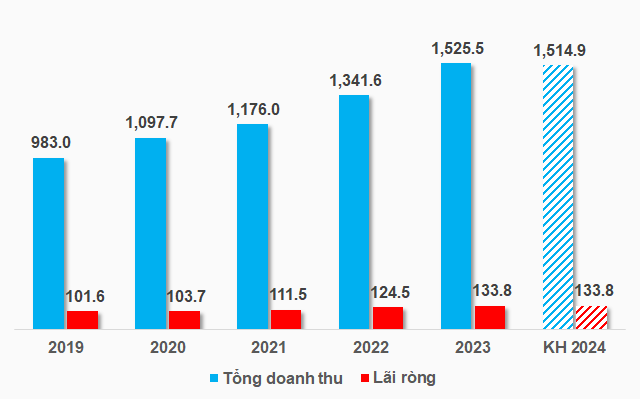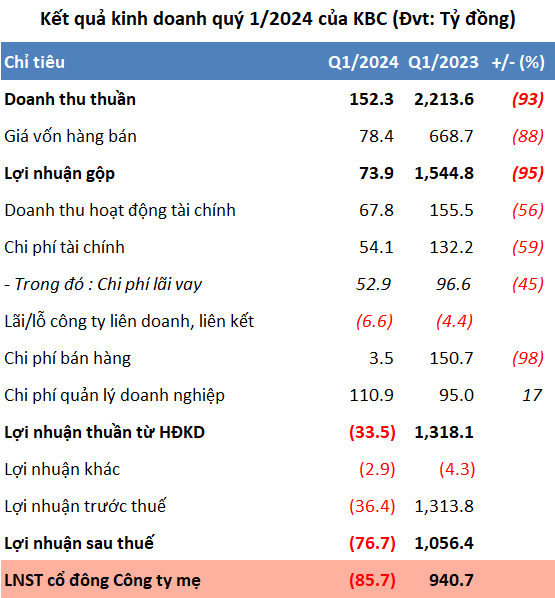Starbucks recently reported a dismal Q1 2024, with net revenues falling 2% to $8.6 billion. Same-store sales fell an even more precipitous 4%, the first decline since 2020 when the pandemic forced stores to close.
Despite these disappointing results, CEO Laxman Narasimhan, who took over from the iconic Howard Schultz, offered a perplexing excuse to shareholders: “stores are too crowded, driving customers away.”
Narasimhan specifically pointed to the many loyal Starbucks customers who download the brand’s app but then abandon their mobile orders due to long wait times.
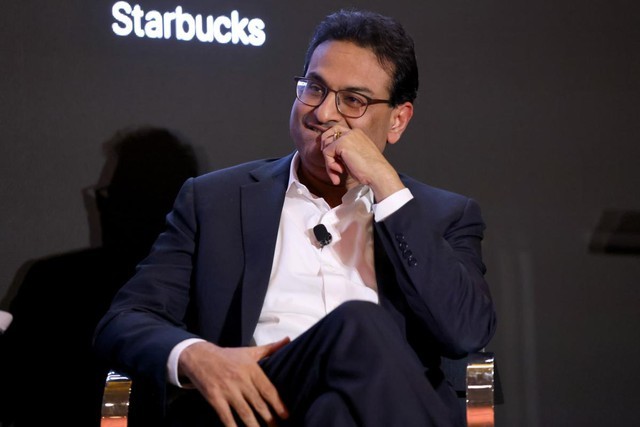
CEO Laxman Narasimhan
It is worth noting that over 60% of Starbucks’ morning coffee business now comes from the app, as loyal customers take advantage of promotions to order online. Many of these customers rely on their morning coffee to start their day and want their caffeine fix quickly.
According to Narasimhan, however, while mobile order and pay sales have surged, so too have order cancellations, which reached an all-time high in Q1 2024, contributing to the abysmal results.
“In other words, customers are placing orders digitally, only to abandon them due to extended wait times,” he said.
Starbucks claims that for every seven to eight orders fulfilled, one is canceled due to excessive wait times.
In response, Narasimhan told investors that the company would focus on improving customer experience and order fulfillment speed, in an effort to reduce cancellations.
The CEO also attributed order cancellations to supply chain issues that left certain products out of stock. For example, Narasimhan cited the popular potato and scallion cream cheese as being in such high demand that it has outstripped supply. Starbucks can only offer these items at 2,000 locations in the US.
Yet behind this seemingly farcical explanation, there lies a deeper torment for CEO Narasimhan.
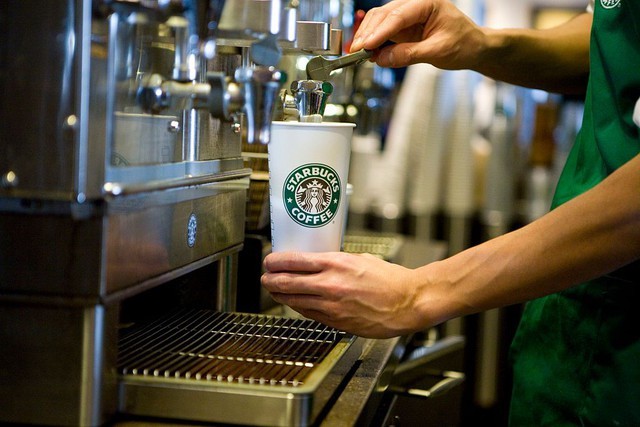
Who will mourn this loss?
Western media reports that Narasimhan is facing an uphill battle at Starbucks, having inherited a company in a precarious position just over a year into his tenure, and being forced into an impossible situation by his predecessor.
That predecessor, Howard Schultz, made a grand return in 2020, steering Starbucks through the post-pandemic challenges and fending off a unionization effort.
Before retiring, Schultz spent six months grooming Narasimhan and another six months overseeing the handover, which was completed in March 2023. At that time, Starbucks was still posting healthy results.
Demand for the brand’s beverages was so strong that the company was struggling to meet it.
Narasimhan, a turnaround specialist from the UK, was thus expected to propel Starbucks to even greater heights.
However, the situation at Starbucks is far more complicated.
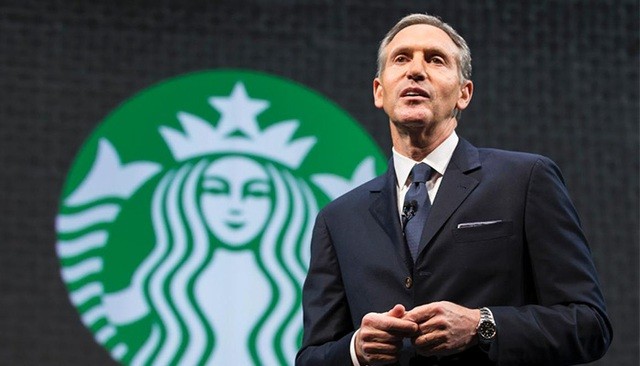
Starbucks icon Howard Schultz
Firstly, Schultz put in place a post-retirement plan for Starbucks, setting ambitious growth targets for his successor to meet. These targets were predicated on the strong sales performance, failing to account for changing market conditions, leaving Narasimhan between a rock and a hard place.
If Narasimhan were to alter his predecessor’s plan to adapt to the new environment, he would face significant resistance due to the enduring clout of Schultz, who navigated Starbucks through many storms.
Yet if he does not make changes, he will be held responsible for Starbucks’ current downturn, despite not having had full control over the planning process.
Furthermore, Starbucks’ post-pandemic resurgence was largely driven by revenge spending by consumers flush with stimulus money in the US.
Once this money ran out and the economic climate tightened, causing consumers to become more price-conscious, Starbucks was caught short, its legacy plans no longer relevant.
According to Fortune, Starbucks’ membership numbers have also fallen sharply in Q1 2024.
At its worst
Returning to the issue of lost sales due to excessive crowds, despite Narasimhan’s protestations, many experts believe that consumer belt-tightening amid economic uncertainty has led to a decline in foot traffic for the $5 coffee brand across multiple markets.
“Starbucks’ first-quarter earnings report was perhaps the worst of any major U.S. corporation so far,” said Adam Crisafulli, an analyst at Vital Knowledge.

Starbucks has slashed its growth projections for the full year 2024 to the low single digits and warned that EPS will likely be flat this year.
This is hardly welcome news for Narasimhan, who has found himself unfavorably compared to his predecessor, Schultz. Starbucks has downgraded its growth forecast several times already as its $5 cup of coffee has become increasingly unaffordable for consumers in the current economic climate.
Even in China, one of Starbucks’ key growth markets, sales fell by 11% in Q1 2024.
Shareholders and analysts are now openly questioning the new CEO’s ability to deliver a turnaround plan that will reignite demand for Starbucks, and some even doubt whether the coffee chain can maintain its global dominance in the post-Schultz era.
Indeed, Starbucks is not alone in facing challenges; fast-food giant McDonald’s has also reported a slowdown in demand as consumers become more selective with their spending.
Source: Fortune

























